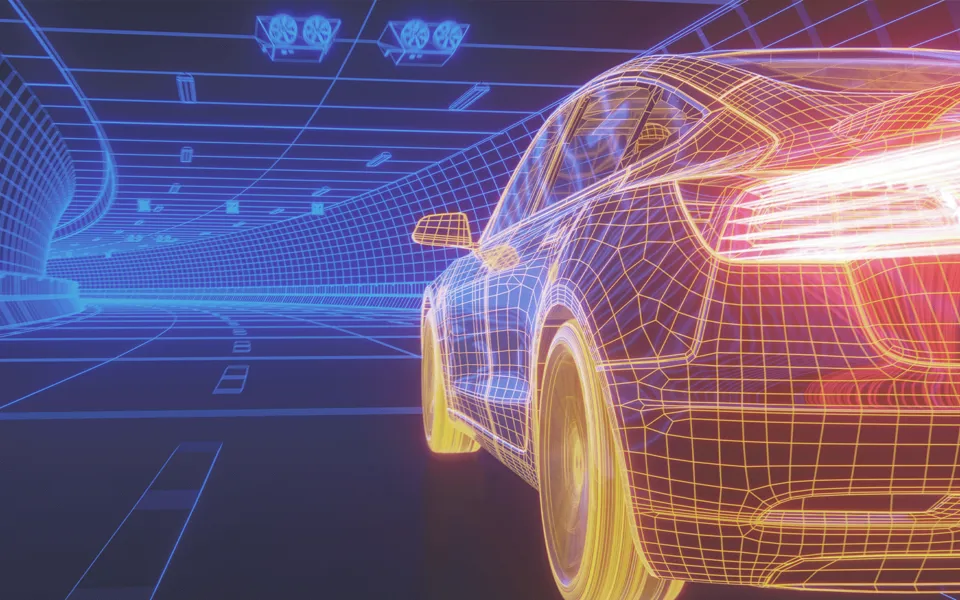
Cool runnings: improving the performance and efficiency of electrified transport
14 May 2021
As part of its mission to decarbonise global transport, Ricardo is supporting manufacturers as they seek to accelerate the consumer adoption of electric vehicles by driving the cost out of electrification. One of our R&D projects, DioDE, is using innovative oil cooling for electric motors and power electronics, which can achieve up to 20% improvement in performance compared with current leading-edge products. With enhanced performance, the concept electric motor will enable 10-20% motor downsizing and weight reduction. This will offer improved vehicle packaging opportunities and bring down the total cost of each vehicle. Here, Principal Engineer Scott Porteous tells us more about how the technology is already helping customers.
Q:How did you get to work on the project? What have you done for it?
Scott: The DiODE project focuses on innovative oil cooled systems for power electronics and electric machines within an EDU application, but applicable to all kinds of applications and markets. Building on our extensive thermal modelling experience, we enhanced our existing 1D modelling capability with electric machine templates.
We took the concept electric machine design and applied numerous cooling design options to assess the best options for the DiODE project, but also to assess the pros and cons of cooling designs for generic electric machine topologies.
This thermal model is then closely integrated with the electromagnetic design tools. This was critical to the success of the project as electromagnetic performance is very dependent on temperature.
Q: How is the technology being applied already for customer projects?
Scott: The discretised model has been applied to customer project to speed up the development time. As the thermal model has been validated through DiODE with 3D CFD and SPH analysis, we can assess cooling concepts earlier in the design process with greater confidence because we have the validation already to back up the results.
Q: Can you give us a few examples of specific projects and how these have helped the customer?
Scott: The process has already been used in a couple of benchmarking projects for aerospace, off-highway and other areas to evaluate the thermal performance of electric machines. The 1D model was used to run sensitivity analysis of different flow rates and temperatures as well as giving the ability to apply different cooling fluids and see how they perform.
Q: What are the key customer benefits of applying this technology or integrating it into their product?
Scott: The key benefit for the customer is being able to assess a wider range of cooling options at the early stages of development and having confidence that the results can be trusted in the later phases. This accelerates the time to market for the customer’s product. It also means less validation is required in later stages which is time consuming and costly.




 Follow Ricardo plc for regular updates
Follow Ricardo plc for regular updates




